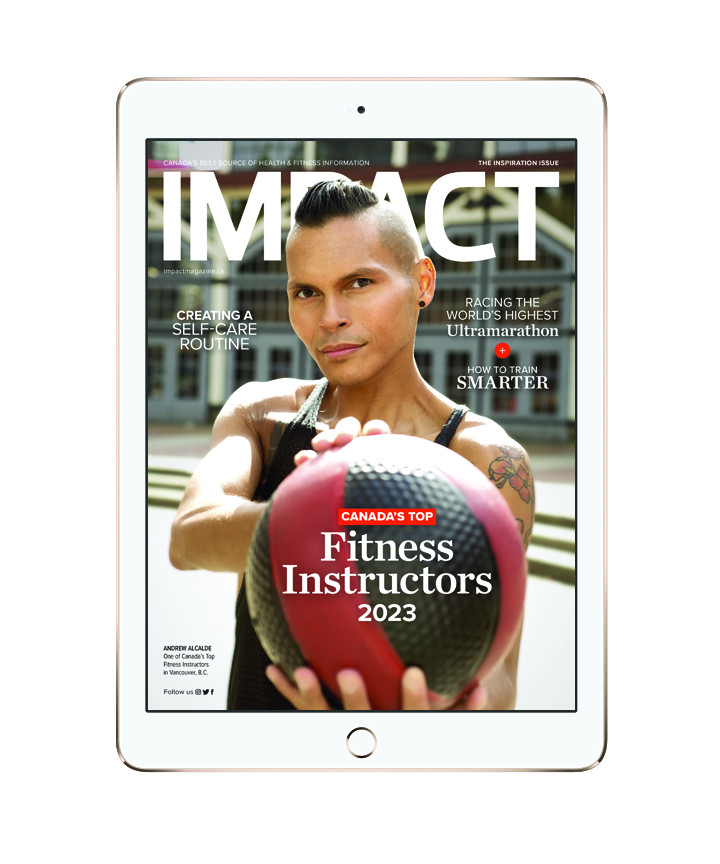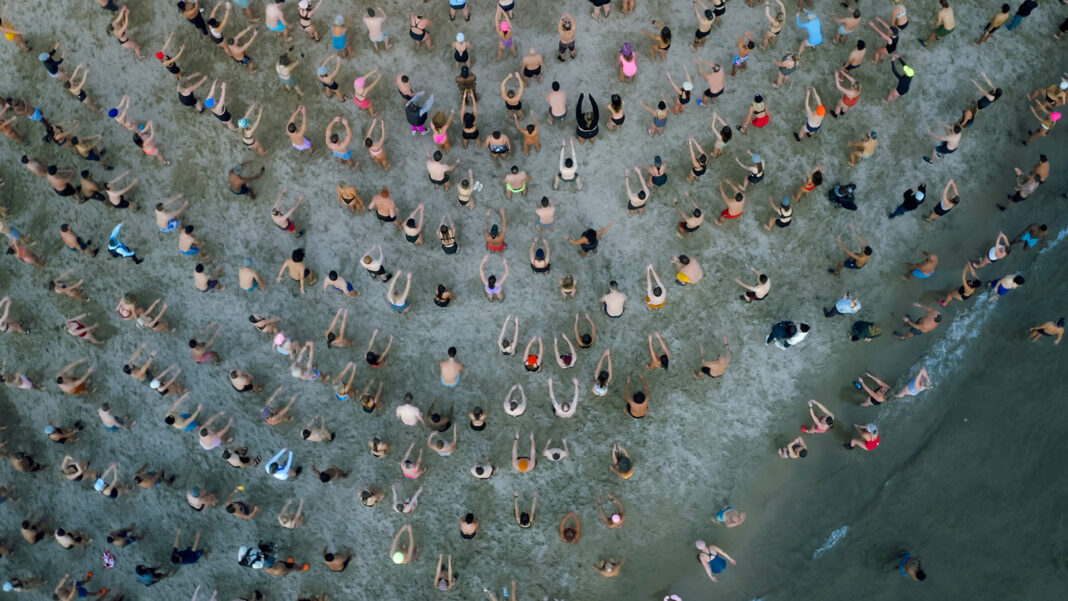In the past few years, cold exposure has grown in popularity, with serious athletes turning to the practice for its long list of health benefits. In less than 30 seconds, you can experience significant mental, emotional, and physical improvements.
If you haven’t been experimenting with cold exposure, you may want to try after learning about all its power.
ENHANCED MOOD AND COGNITION
After just 30 seconds in the cold, your body experiences a 250 per cent increase in the neurotransmitter directly responsible for how we feel: norepinephrine (NE). The boost of norepinephrine in the brain has a profound effect on mood, vigilance, and attention span.
One study demonstrated that low levels of norepinephrine are associated with depression and concluded that “therapeutic agents that specifically increase NE activity are effective antidepressants.”
Also, when NE increases in the bloodstream, it acts as a vasoconstrictor. This allows the body to retain heat and works as a powerful anti-inflammatory agent.
GROWTH THROUGH HORMETIC STRESS
By exposing the body to short bursts of intentional stress — also known as hormetic stress — we activate a variety of stress response pathways encoded in our genes. In turn, this triggers our bodies to produce an ideal biological response. Essentially, acute stress activates a healthy adaptive response.
Through intentional, short stressors, we train our bodies and minds to grow more resilient and adaptable in the face of life’s stressors.
INCREASED METABOLISM
When we expose our bodies to cold temperatures, our natural response is to generate internal heat. This happens through a process called thermogenesis.
Thermogenesis occurs in two ways:
• Shivering – our muscles contract to produce heat.
• Our bodies convert white adipose tissue into brown adipose tissue cells. We want this. The more brown adipose tissue our bodies have, the more fat we are able to burn as fuel.
Studies have found that consistent cold exposure therapy increases metabolism by 300 per cent.
IMPROVED IMMUNE SYSTEM FUNCTION
One prominent study found that winter swimmers had more white blood cells compared to summer swimmers.
This therapy has been shown to increase white blood cell counts, T-cells (active in repelling cancer cells), and other beneficial immune cells. Cold also elevates our resilience to stress.
MENTAL HEALTH AND MENTAL RESILIENCE
While the physiological benefits are massive, the mental benefits are just as
profound. When we expose ourselves to extremely cold water — or really anything that elicits stress on the body — we build our tolerance and ability to navigate intense stressors.
When our bodies first hit the cold, we experience an intense physical reaction. It’s in this moment we are presented with a choice: let our instinctual response take over and jump out, or harness the power of our intention and willpower to persevere.
When we utilize our breath and relax, we train our ability to flip from the sympathetic nervous system response (fight or flight) to the parasympathetic nervous system state (rest and digest). By choosing to embrace the sensations, control our breathing and soften into the experience, our resilience strengthens. We create a tangible opportunity to strengthen our ability to overcome adverse situations.
Cold exposure acts as the perfect life metaphor for mindfulness mastery. When we’re thrust into fight or flight situations, we strengthen our ability to pause, breathe, and choose a different response instead of reacting to emotions.
Cold exposure and breathwork act as a perfect training ground for navigating the stressors thrown at us in life. The more we practice, the more we harness our ability to navigate challenging life situations.
Cold exposure can do wonders for athletic recovery. After intense workouts, particularly cardiovascular activities, cold exposure expedites the recovery process.
It significantly decreases inflammation and reduces muscle soreness. Inflammation is the cause of 70 per cent of age-related diseases; engaging in activities that reduce inflammation increases longevity and physical performance.
Those recovery benefits are a big part of why Shea Pierre, a celebrity trainer with City Shred and a former CFL strength coach, recommends cold therapy for his athletes. “It encourages the flow of fluids like blood and lymph through your body,” he said, “helping to flush metabolic waste from the body, increasing oxygen and nutrients to your muscles.”
When we produce NE in the cold, we produce a molecule called TNF-alpha. This leads to a decrease in the production of inflammatory cytokines. In other words, you fight inflammation through cold exposure.
For Toronto triathlete Cheryl Willberg, incorporating cold therapy into her training has allowed her to have personal-best performances in every race last season. “Post-cold dip or cold shower, I feel decreased tension and the benefits of better sleep too, which is so important in IRONMAN training,” she said. “Given cold helps to aid my nervous system, it allows my body to get into a better state of rest and has helped with recovery and athletic performance, even after training multiple days or post-race preparing for the next feat.”
Fitness expert, Dr. Rhonda Patrick, reports that regular exposure to cold has been linked to improved glucose and lipid metabolism, muscle recovery after physical activity, hormone regulation related to sleep and energy levels, and cognitive and athletic performance.
It is important to note that timing influences the effects of cold on recovery. If you weight train, it’s imperative to wait at least four hours before taking the plunge to ensure you don’t negate the process of muscle hypertrophy. For cardiovascular exercises such as running, sprinting or biking, it’s best to cold plunge soon after you exercise to optimize your results and recovery.

HOW TO GET STARTED
• Start small. You can start by implementing a daily cold shower. Have your shower in warm water and turn to cold for the last 30 seconds before getting out. You can work your way up to two minutes.
• If you want to upgrade from a cold shower, you can utilize your bathtub at home. Fill it with cold water and purchase a few bags of ice to experiment with.
• We also recommend organizing a cold-plunge experience with friends. The community component makes the entire process a more exhilarating experience.
• Breathwork is a crucial component to the success of cold exposure. If we simply try to jump into a cold tub directly, without any preparation, our body immediately shifts into a fight-or-flight response, where it feels extremely difficult to drop in and stay.
• Breathwork to prepare and breathwork during your cold exposure experience will drastically improve the quality of the time spent in the cold and teach you how to regulate your nervous system in a new environment.
You May Also Like Health & Wellness
Photography by Othership

Read This Story in Our 2023 Inspiration Issue
Read about our 2023 Canada’s Top Fitness Instructors – our top 30 from across Canada! How to Train Smarter in 2023, Yoga Nidra for What Ails You, Racing the World’s Highest Ultramarathon, our favourite plant-based recipes and more!

















